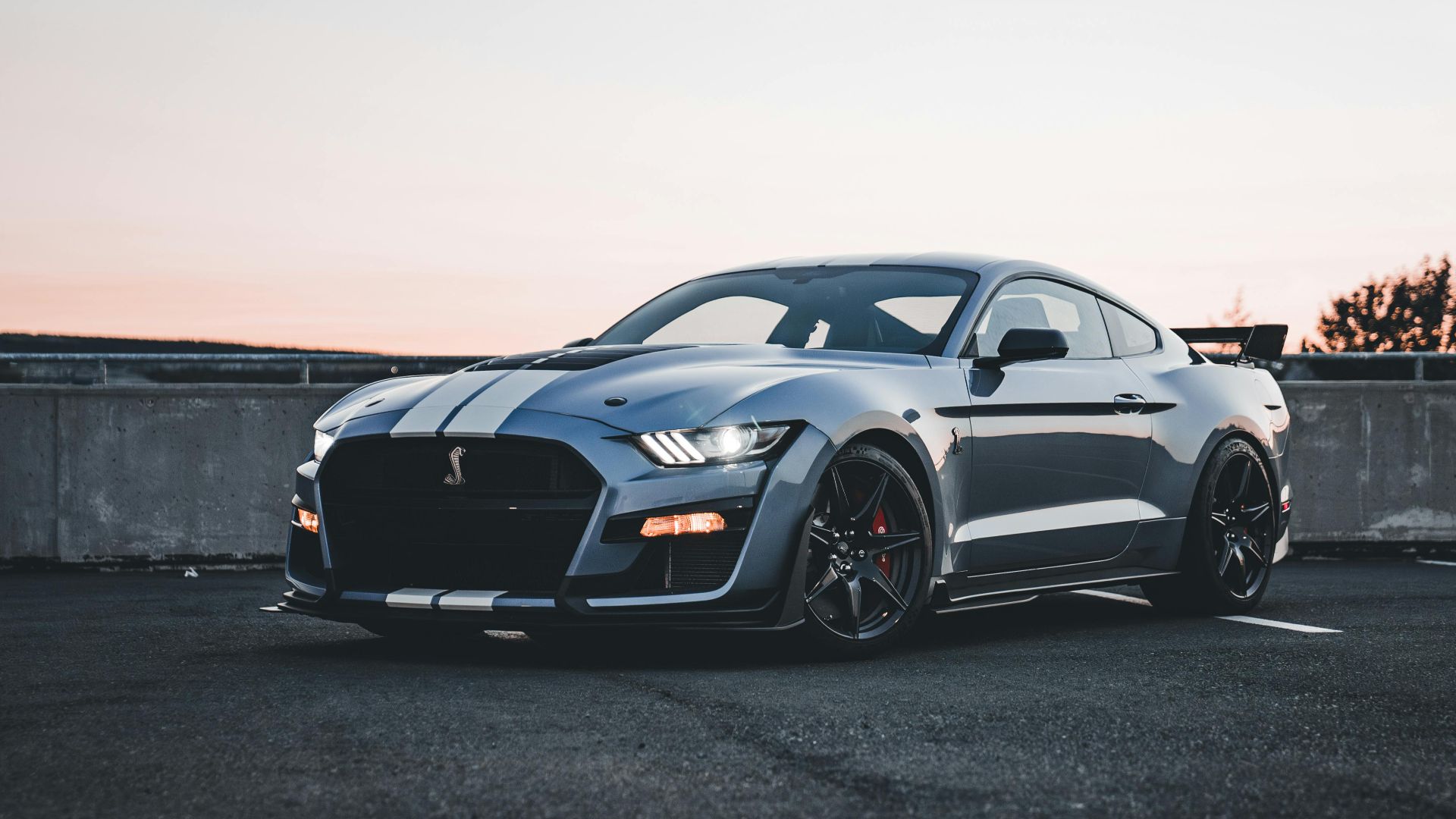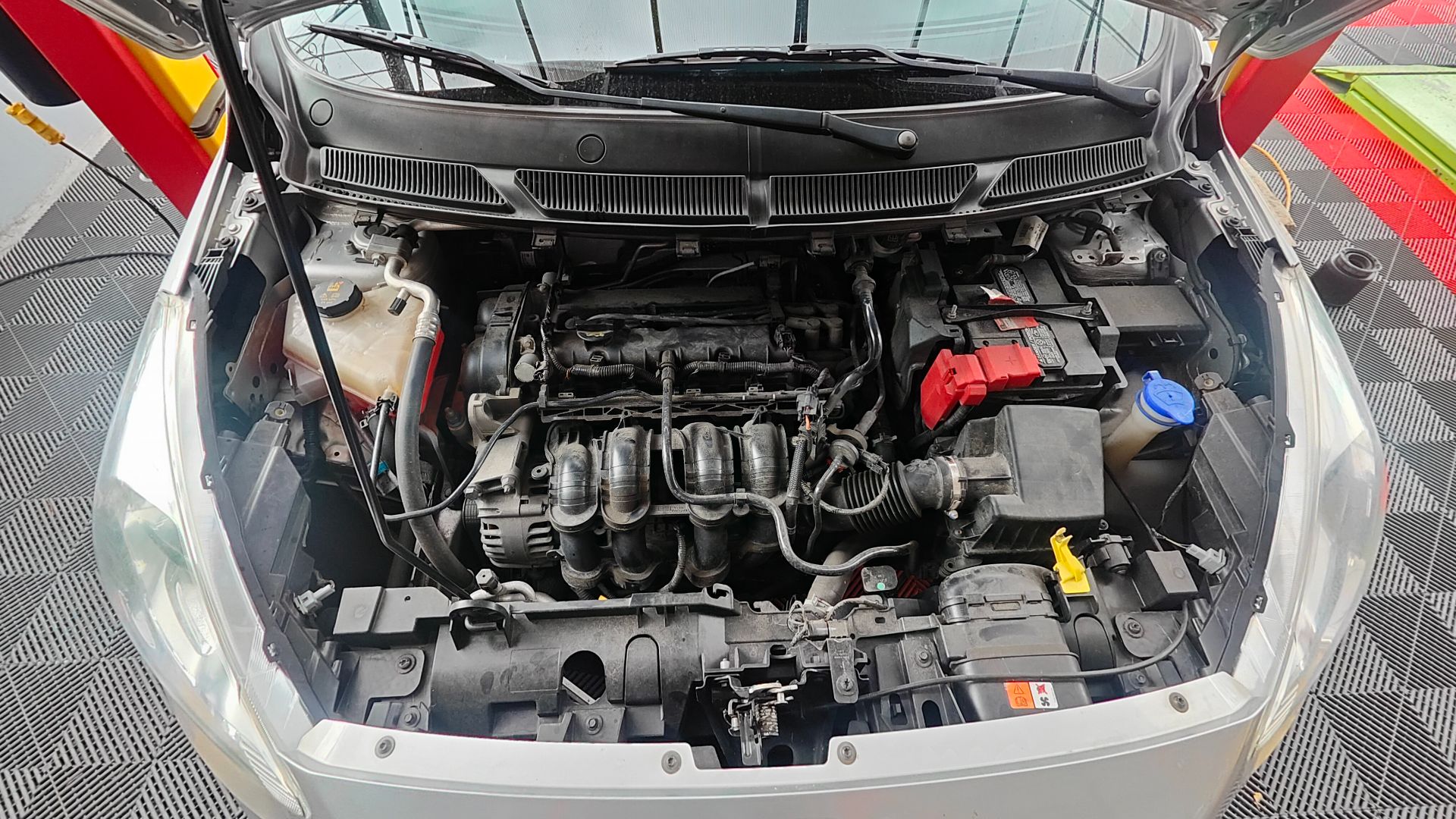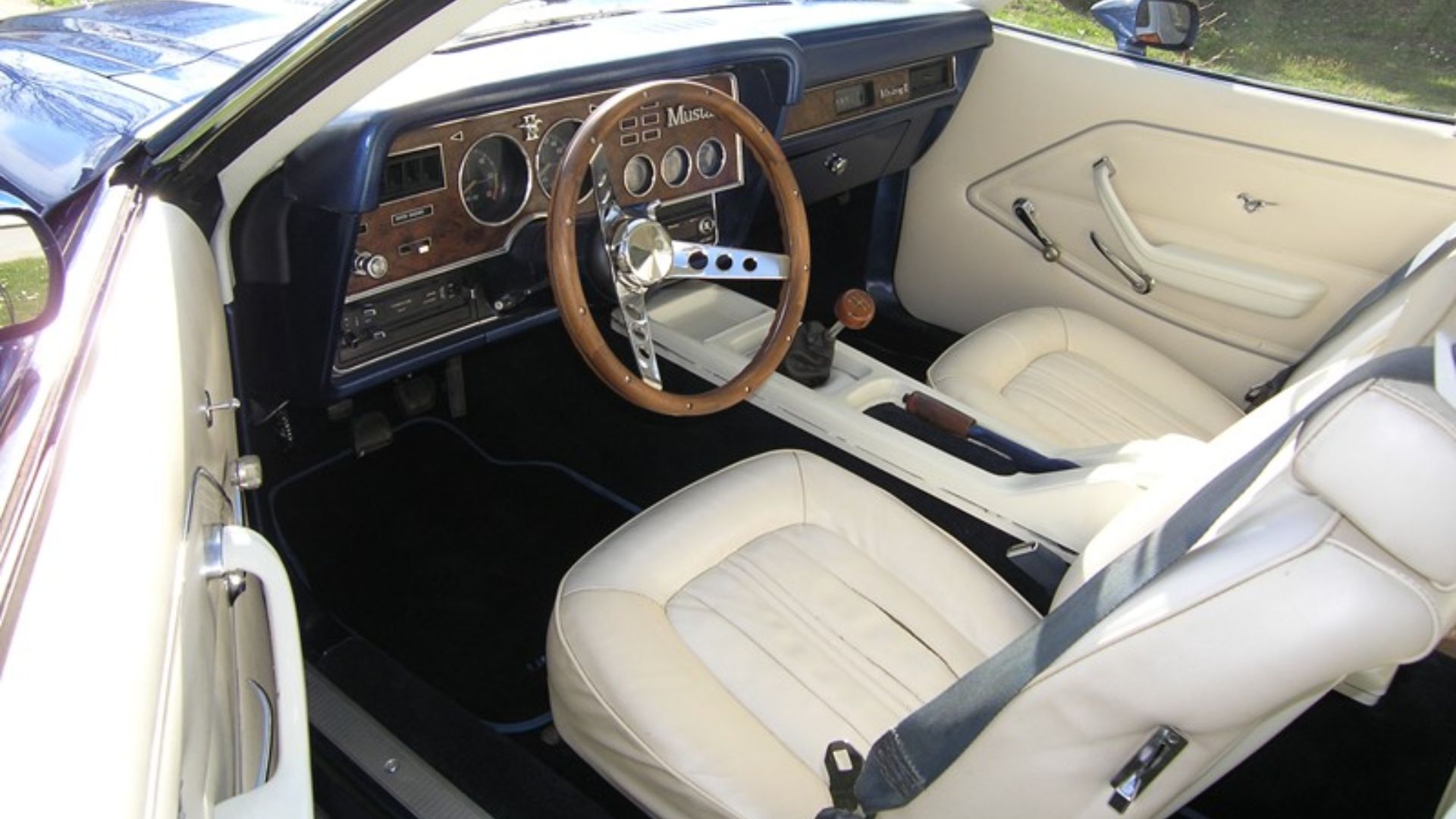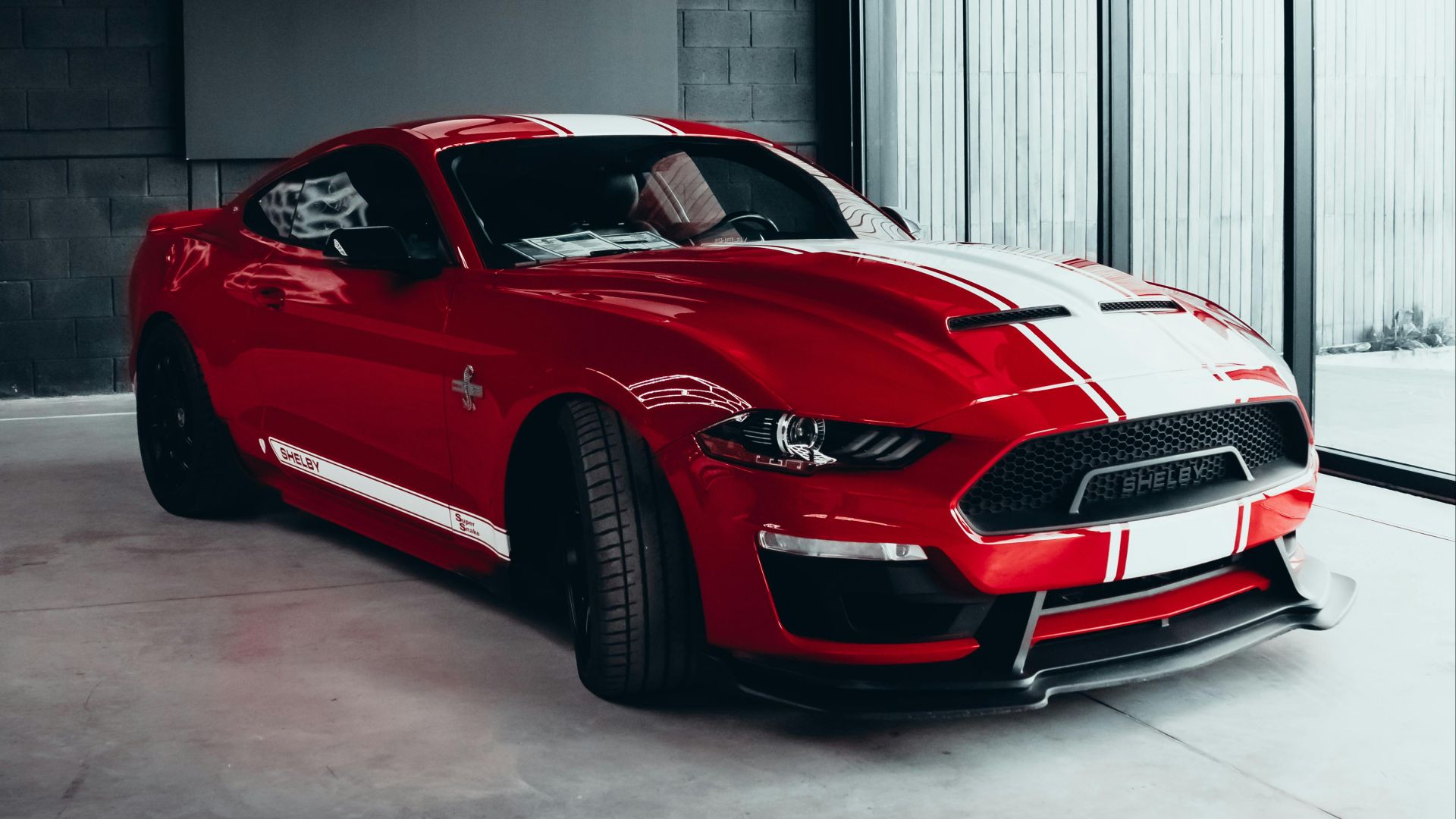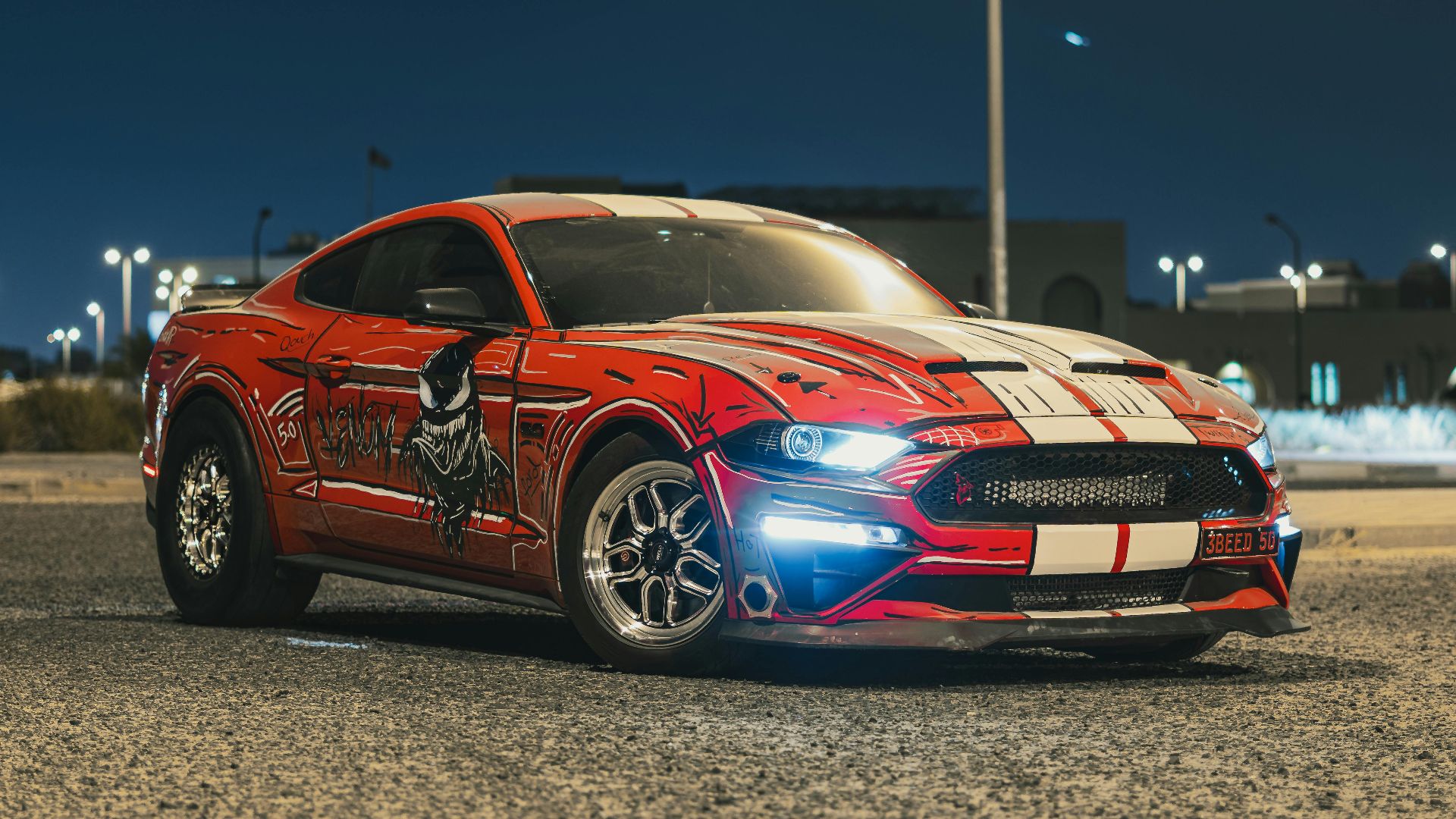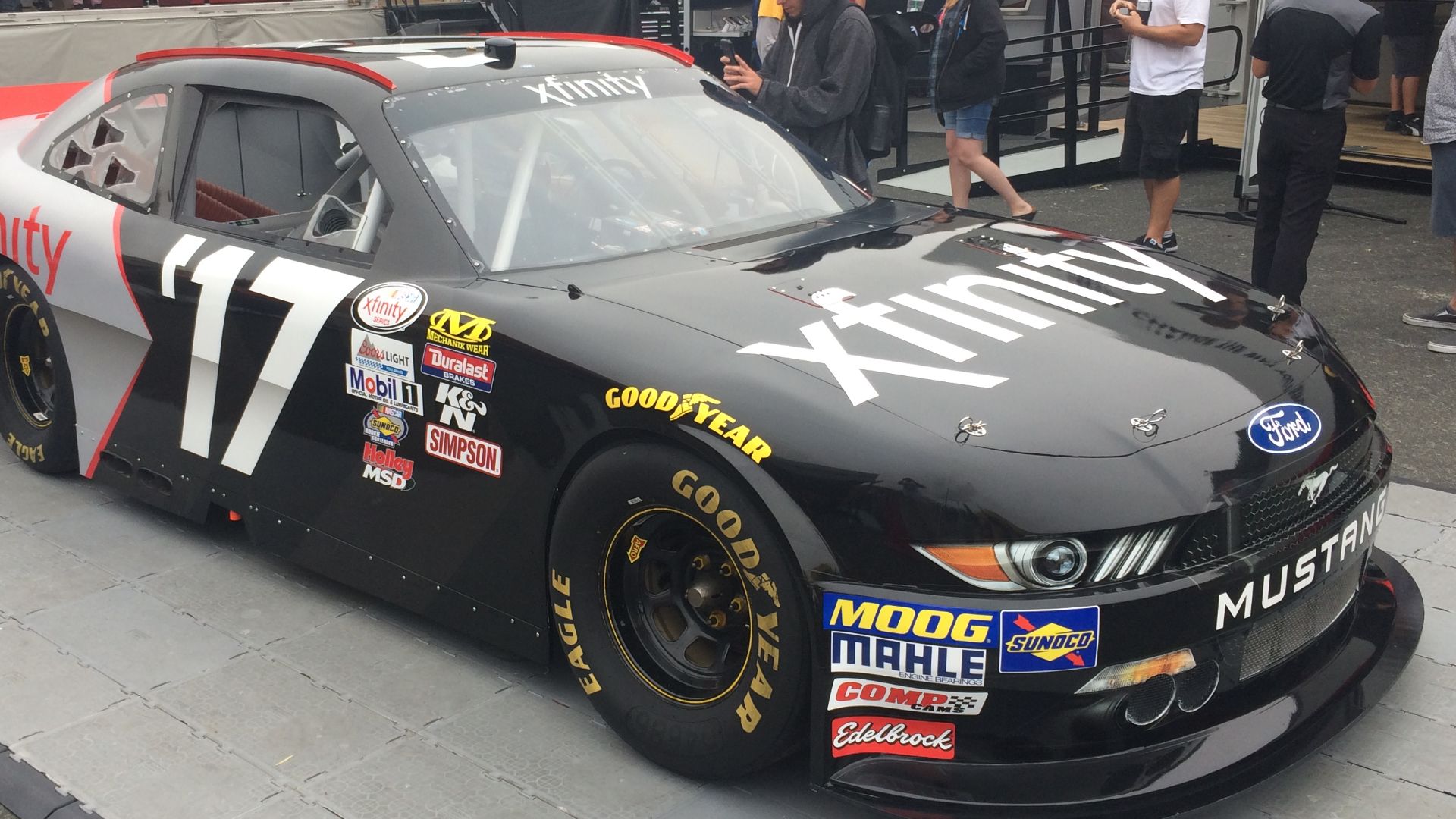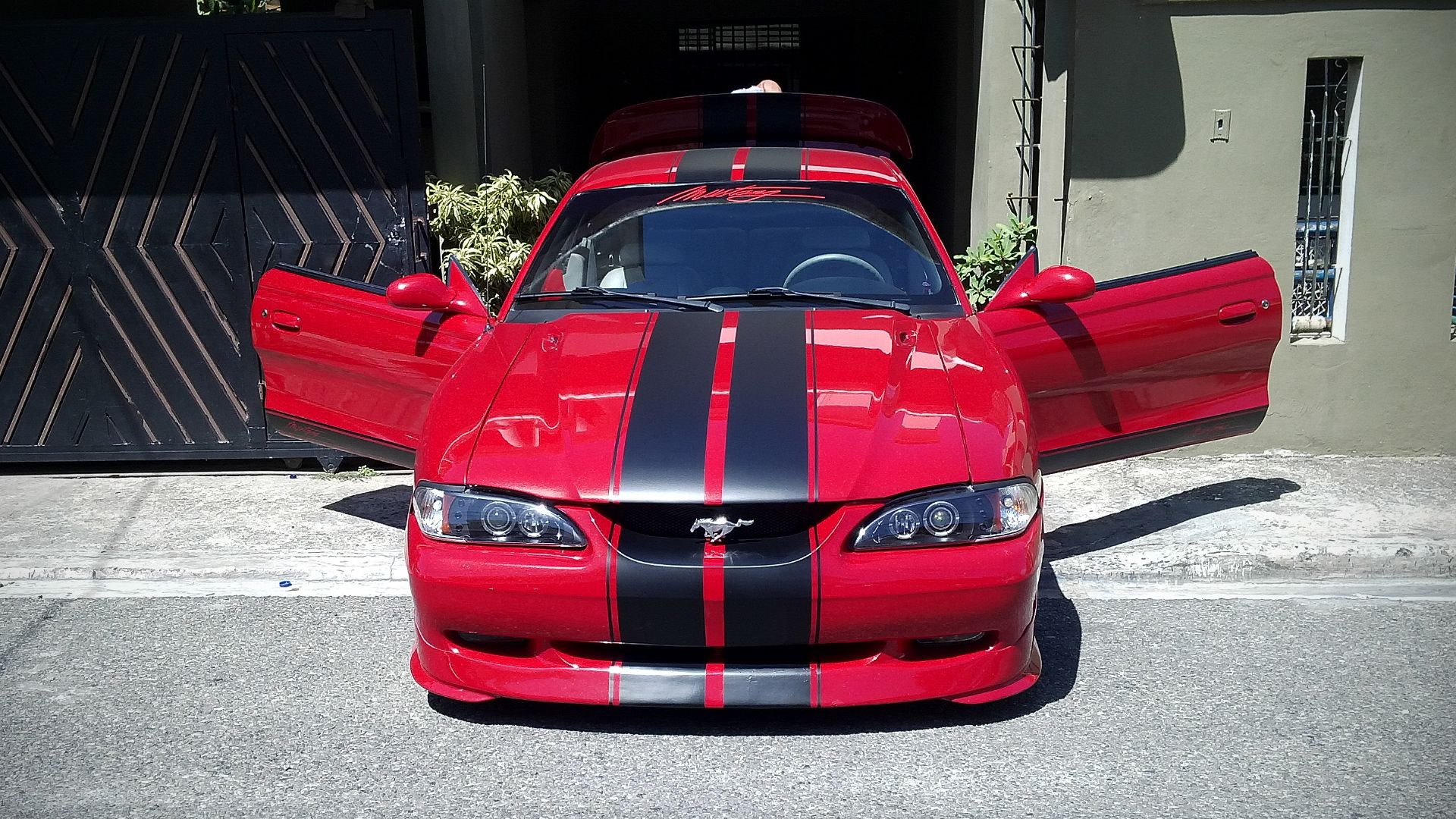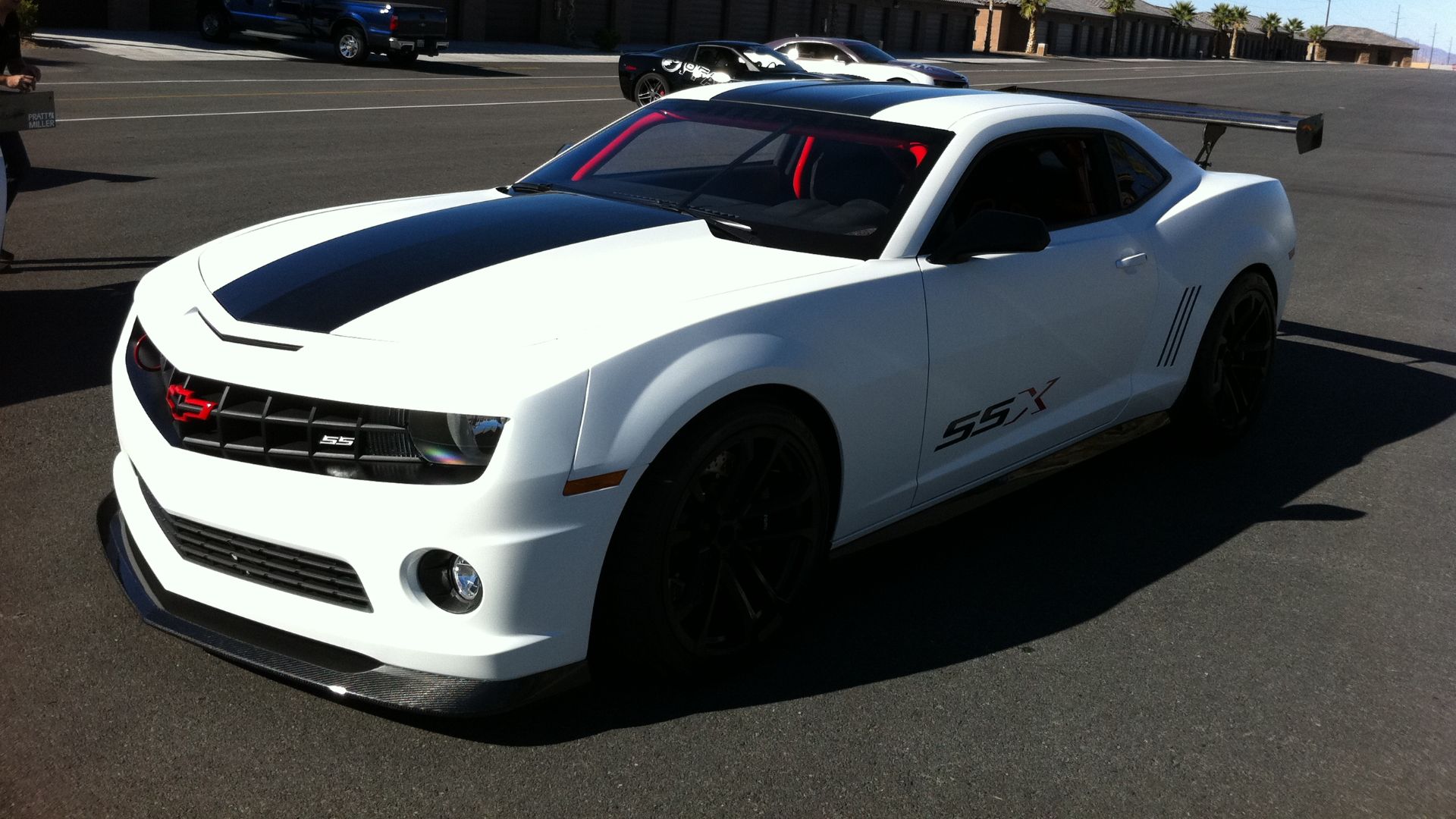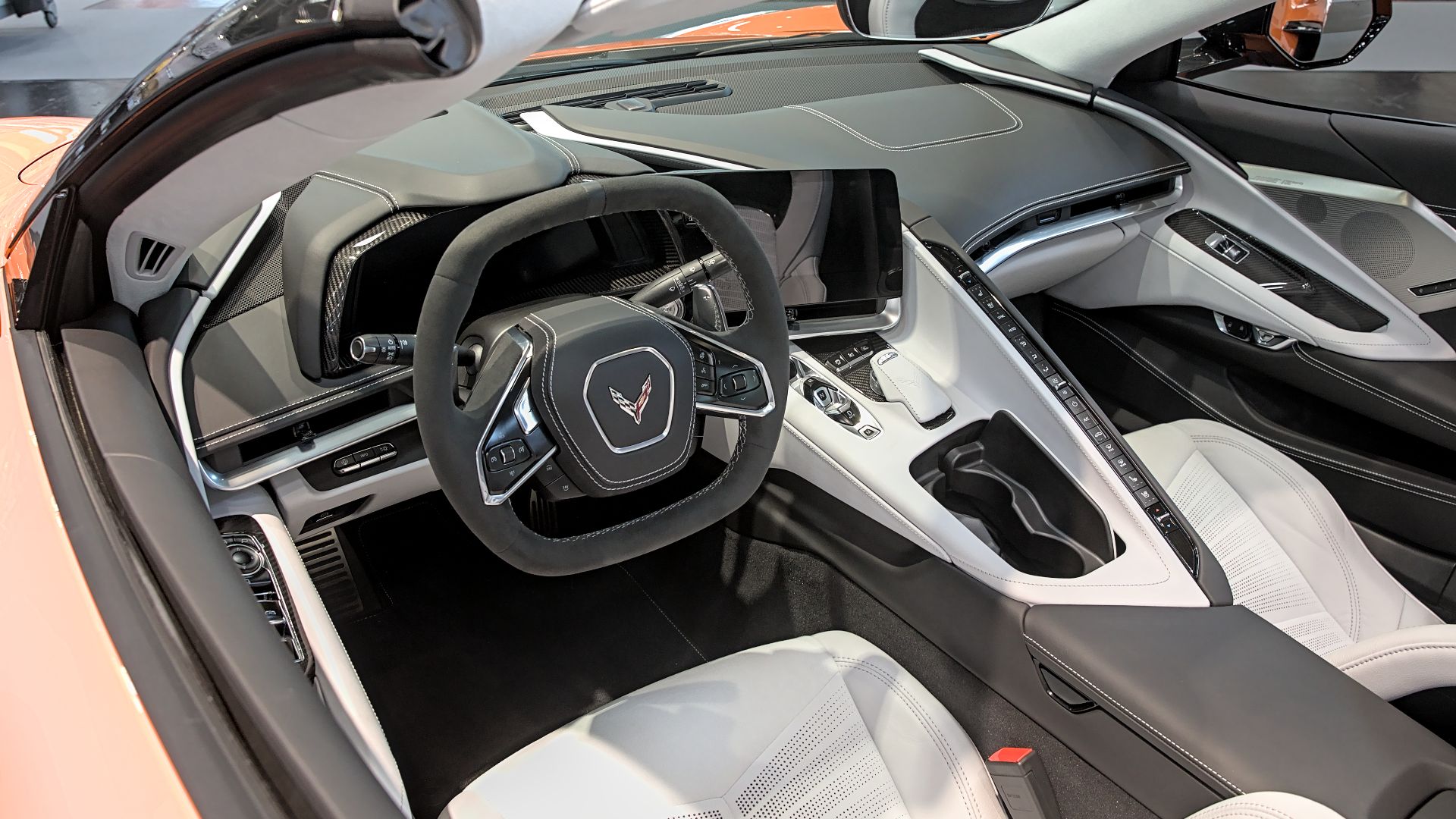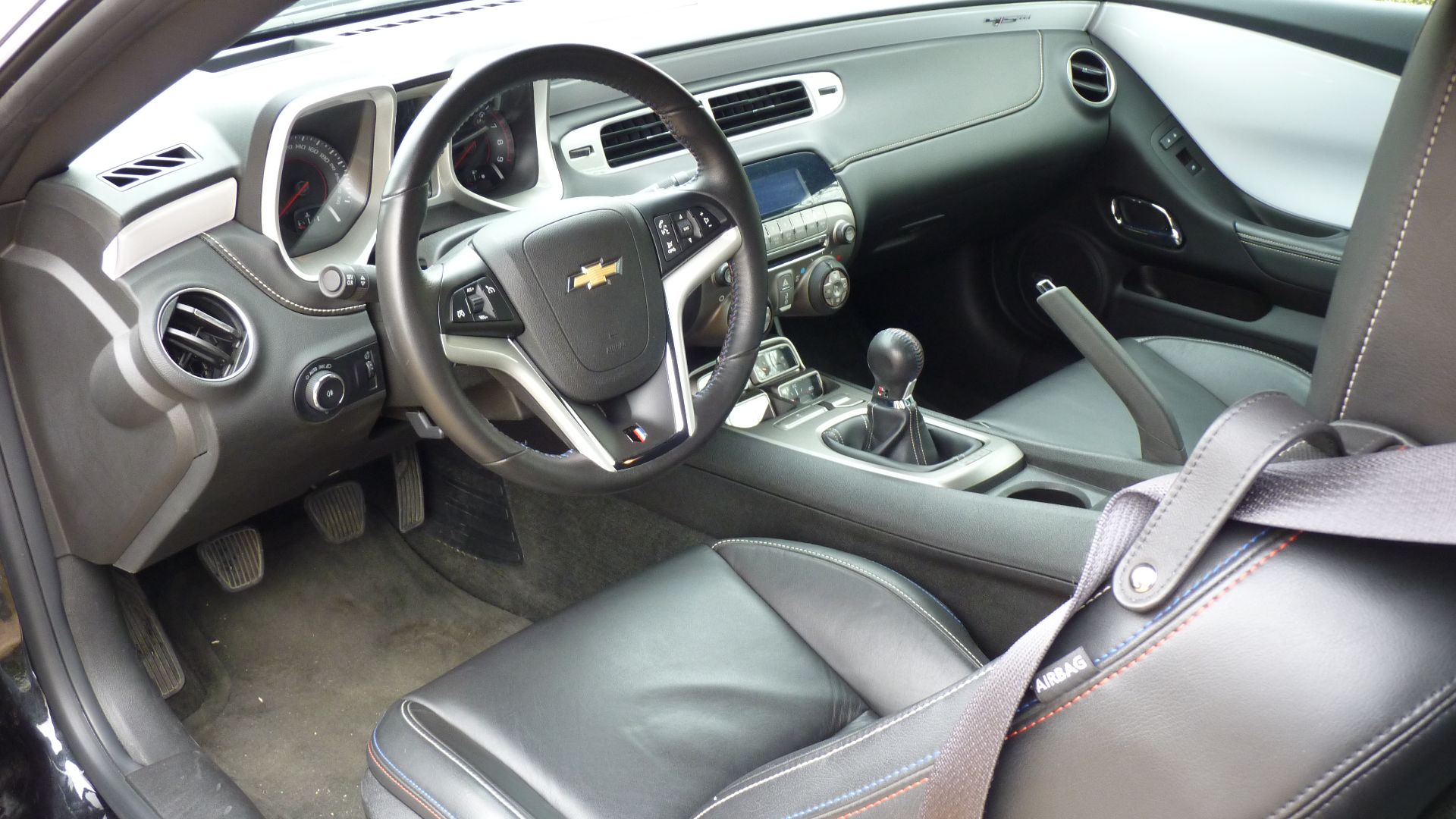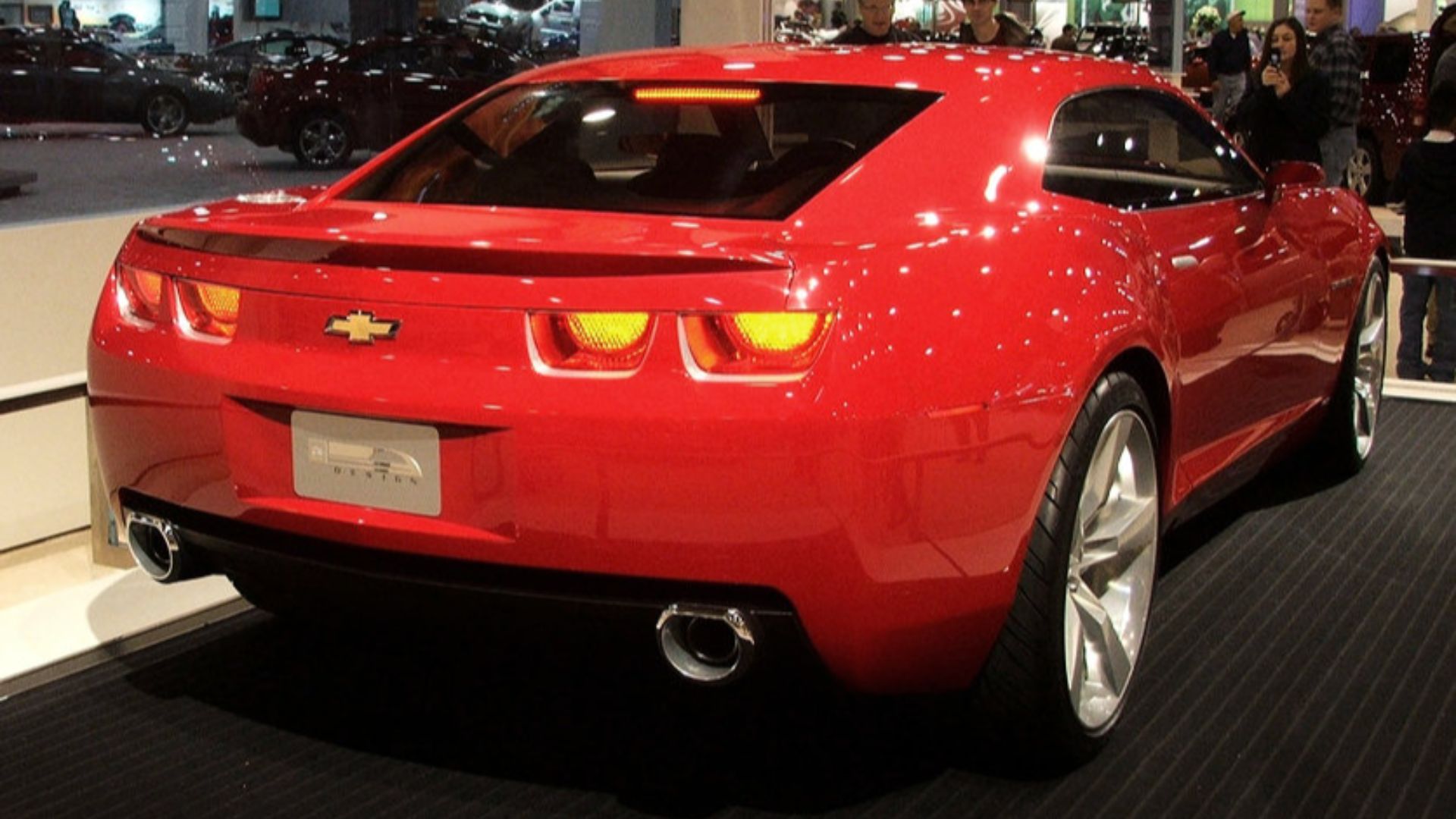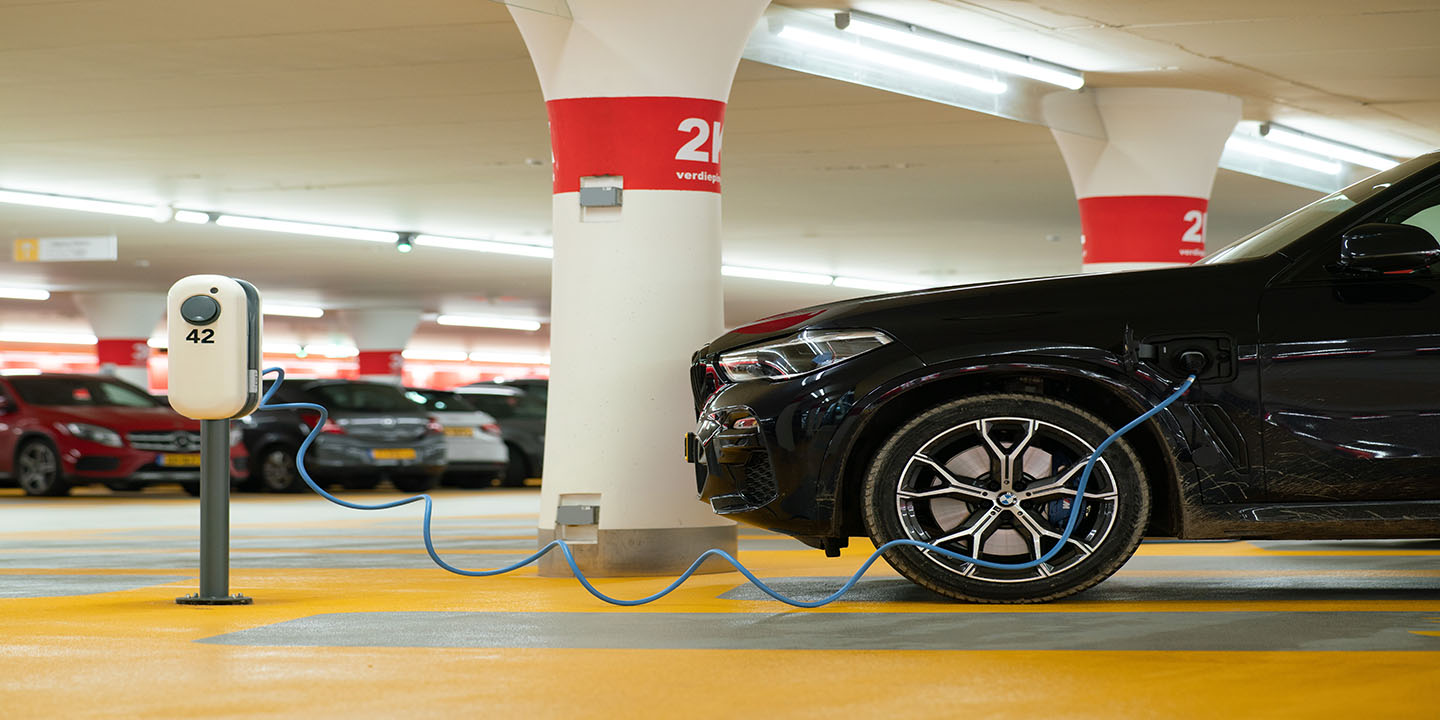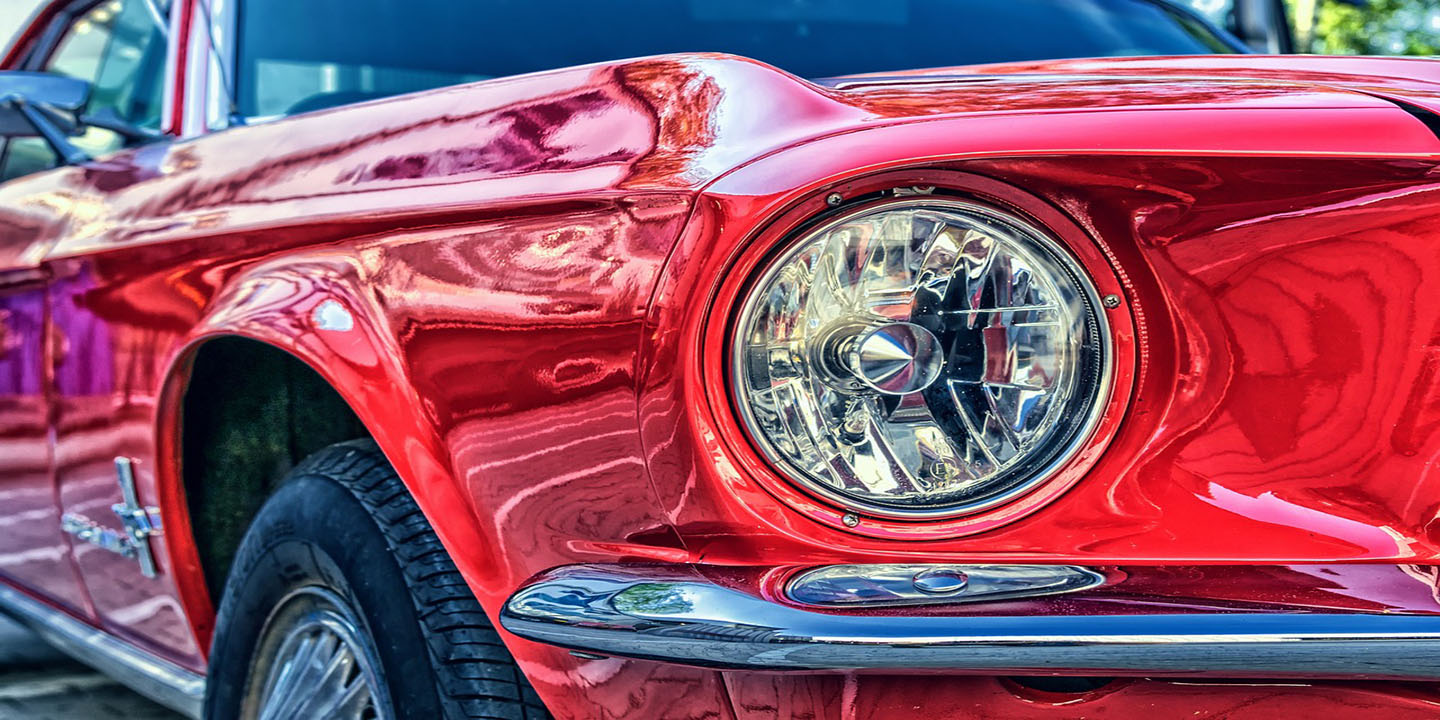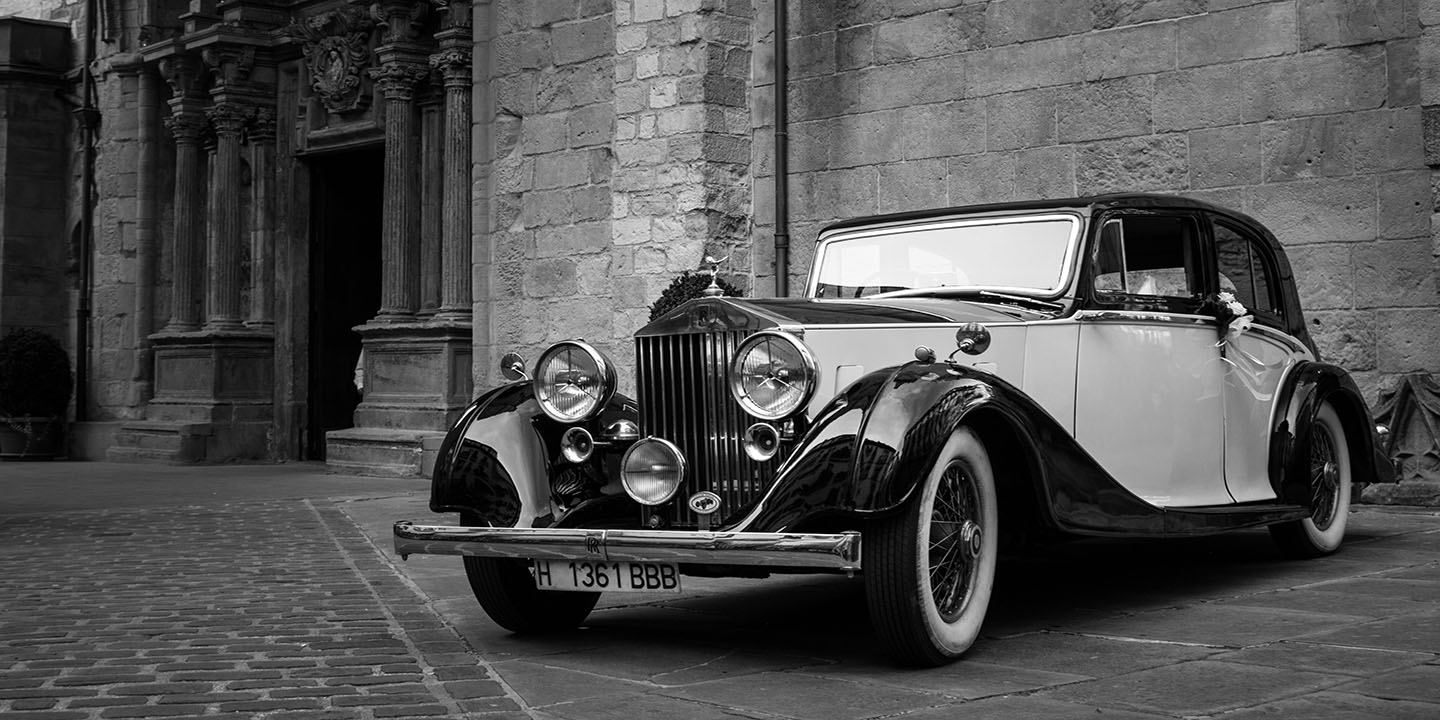Two American Classics Go Head-To-Head
People love to bash what they didn’t buy, but this isn’t just about what the Camaro lacks or what the Mustang nails. Some wins are clear, others are more personal. This breakdown reflects both facts and impressions based on models through early 2025. First up: let’s look at where the Mustang takes the lead before moving on to why many perceive the Camaro to be the better ride.
1. Classic Muscle Legacy
The Mustang helped create the muscle car era. Introduced in 1964, it set the standard for pony cars before "pony car" was even a term. Few vehicles symbolize American performance history like this one, with over half a century of cultural impact and brand recognition.
2. Broader Engine Choices
Not every driver wants the same kind of power. Camaro's engine lineup has narrowed. The loss of the turbo four-cylinder and uncertainty around its future trims contrast sharply with Mustang's broader offering. Ford's strategy spans turbocharged EcoBoosts and electrified variants, an inclusive range that Camaro can't currently match.
3. Superior Ride Comfort
Rough roads and weekend cruises feel different behind the wheel of a Mustang. Suspension tuning and less cabin claustrophobia make it more forgiving. Handling hasn't been sacrificed, either. Since 2015, Mustang's independent rear suspension has struck a near-perfect balance between precision and comfort.
4. More Affordable Models
Price tags matter, especially in the entry-level performance world. Camaro's base trims tend to run higher, especially once practical add-ons are included. While performance is still available, its pricing strategy favors upsells. Mustang delivers usable, enjoyable packages at lower entry points.
5. Wider Aftermarket Support
Start talking mods, and Mustang wins the room. The footprint in the tuning and customization scene is massive. Parts are everywhere, from eBay listings to specialty tuners. Whether you're building for drag or daily driving, the Mustang's aftermarket support dwarfs the smaller Camaro ecosystem.
6. Mustang's Racing Pedigree
Mustang’s motorsport roots run deep. From Trans-Am dominance in the late ’60s to consistent success in NASCAR’s Xfinity Series, its racing credibility is hard-earned. While Ford’s Le Mans victories came through the GT, not the Mustang, the pony car still has a broader and more sustained presence across multiple racing formats.
7. Higher Resale Value
Depreciation eats at a car's long-term value, and Mustang resists better than most. Industry data from sources like Kelley Blue Book confirms Mustang trims retain their value longer. However, Camaro models tend to drop in price faster across similar years and mileage brackets.
8. Retro-Inspired Styling
Design matters, and nostalgia sells when it's done right. Mustang's callback to its roots creates an aesthetic with a broader reach. Classic cues merge cleanly with modern lines. Its design has stayed fresh while honoring its past, making it instantly recognizable and keeping longtime fans interested.
 Michael Gil from Calgary, AB, Canada on Wikimedia
Michael Gil from Calgary, AB, Canada on Wikimedia
9. More Trunk Space
Specs don't lie: Mustang offers over 13 cubic feet of trunk space. That's significantly more usable volume than Camaro's tight 9.1. The opening is also wider and more practical. For weekend trips, Mustang's cargo area makes a difference.
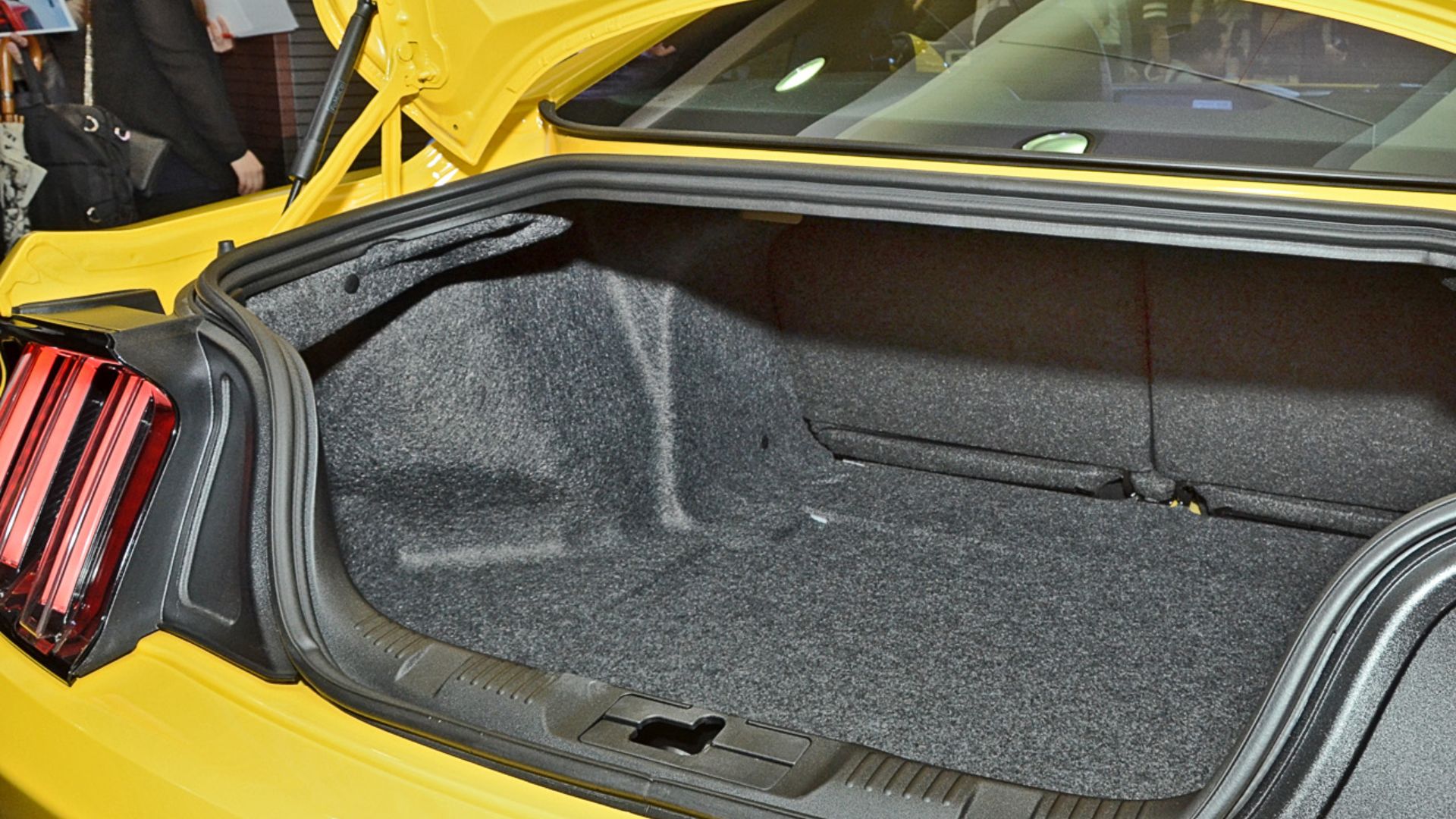 Malchick743 (ALJMW) on Wikimedia
Malchick743 (ALJMW) on Wikimedia
10. Advanced Safety Tech
Mustang offers a broader suite of driver-assist features, which are standard through Ford Co-Pilot360, including lane-keeping assistance and automatic emergency braking. While some Camaro trims offer blind-spot monitoring and rear cross-traffic alert, availability varies by package. Mustang’s consistency in equipping safety tech gives it an edge in daily usability.
The Camaro's not just playing catch-up. It's got strengths of its own, and they're not exactly subtle. Let's see where Chevy takes the lead.
1. Sharper Handling Dynamics
Push a Camaro through a corner, and the difference will be immediate. The chassis borrowed from Cadillac's Alpha platform keeps the body flat and the grip confident. It feels engineered for them. Mustangs can keep up in straight lines, but Camaros dance through bends.
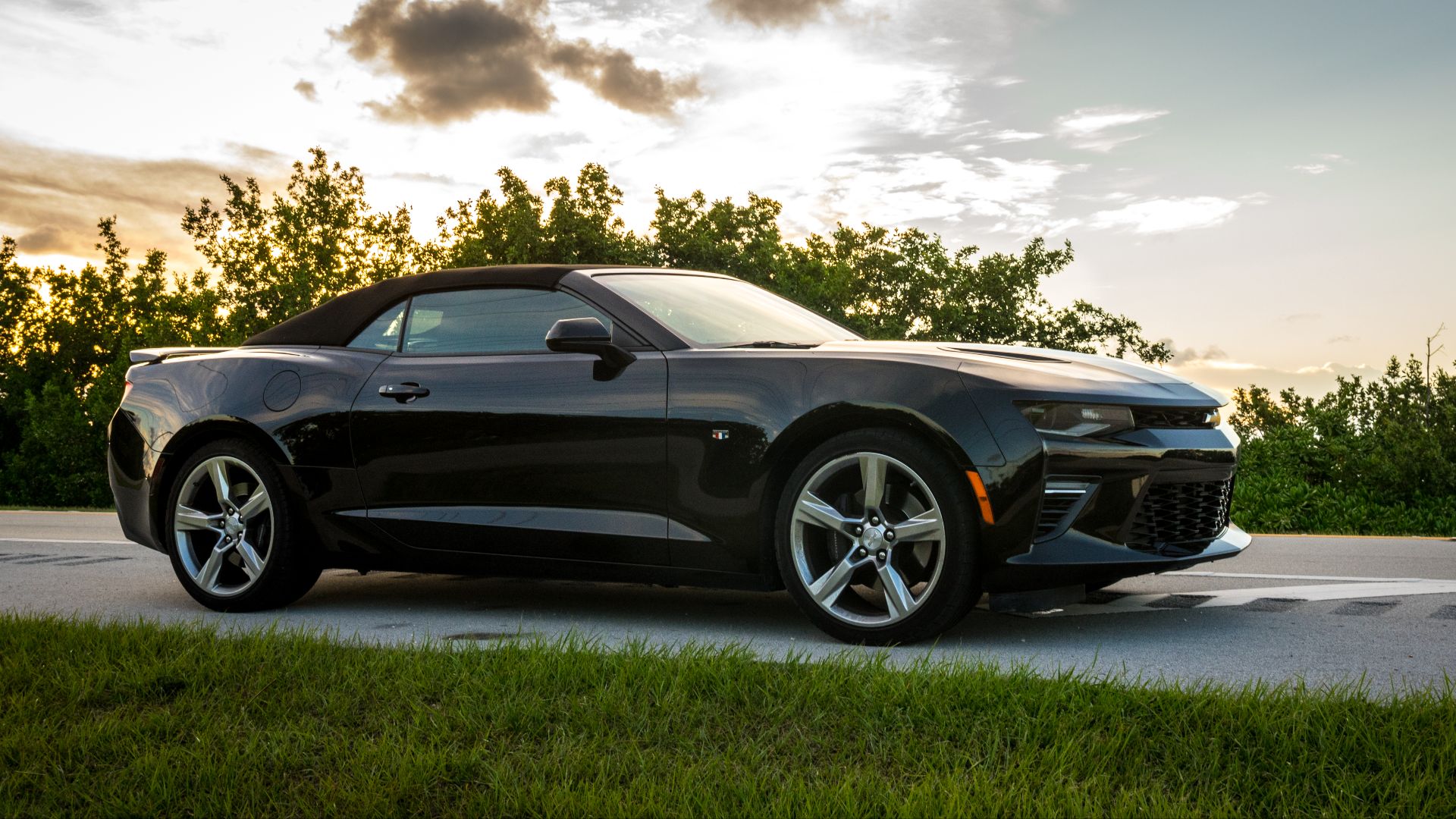 Kai Lehmann from Chemnitz, Deutschland on Wikimedia
Kai Lehmann from Chemnitz, Deutschland on Wikimedia
2. More Aggressive Styling
Camaro’s design is unmistakable. From its narrow headlamps to the chiseled rear haunches, every line emphasizes low-slung performance. The wide stance and greenhouse create a purpose-built look that stands apart from rivals. Camaro doesn’t blend in, and that visual assertiveness is entirely by design.
3. Track-Bred Performance DNA
Camaro’s engineering prioritizes dynamic performance at every level. Its balanced chassis and confident braking work together to create a precise, engaging drive. Even base models reflect this commitment. Camaro stays composed and communicative through every turn and transition.
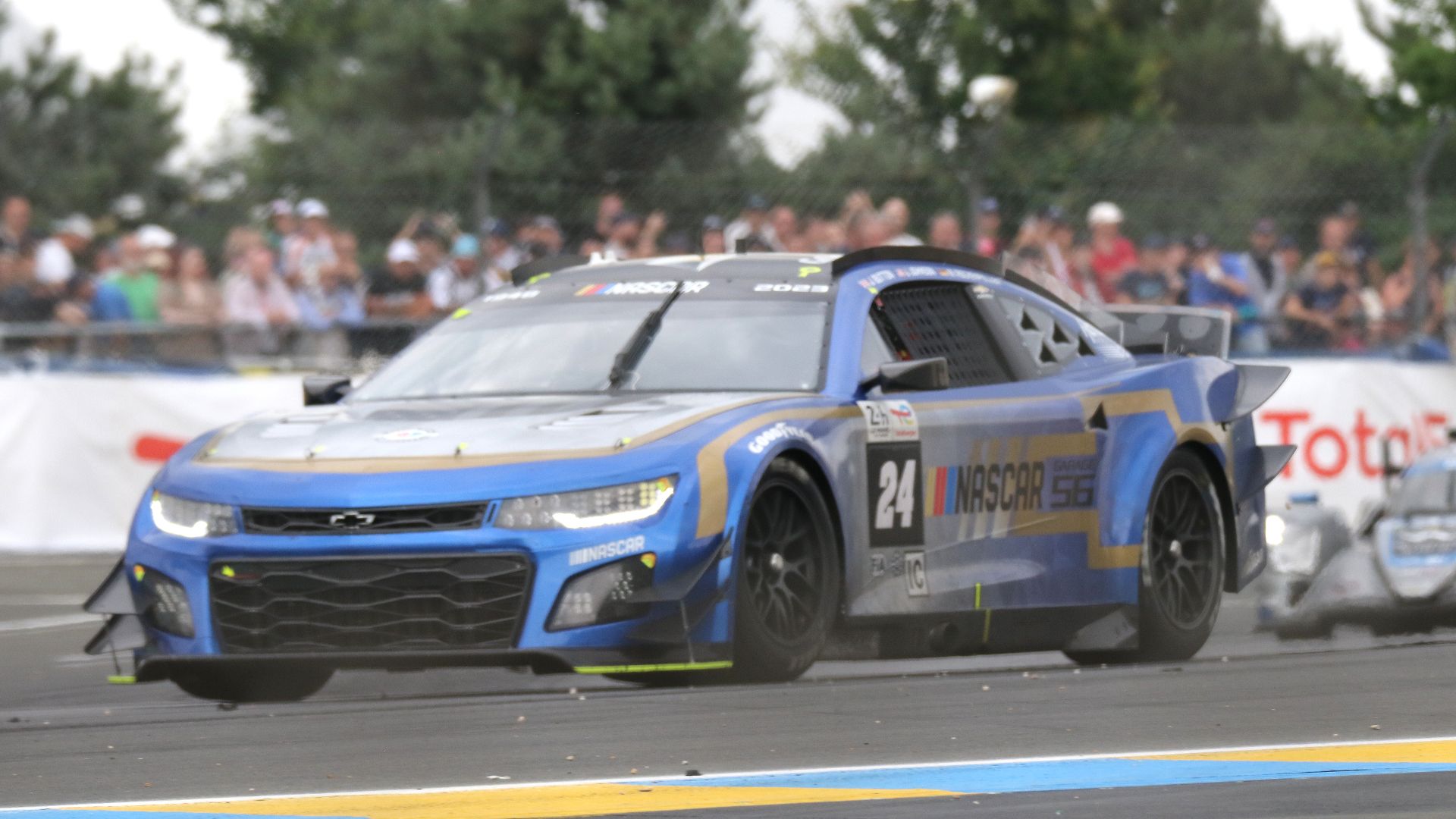 Martin Lee from London, UK on Wikimedia
Martin Lee from London, UK on Wikimedia
4. Driver-Focused Cockpit
Step inside the Camaro, and the layout immediately feels intentional. Low-mounted seats and inward-angled controls create a cockpit-like environment tailored to the driver. Visibility takes a backseat, but structural rigidity and focus take the lead. It makes spirited driving feel more immersive and engaging from the inside out.
5. Heads-Up Display Option
Performance isn't always about horsepower. Chevy's muscle machine offers a heads-up display that projects key driving info onto the windshield with speed, RPM, nav, and more. Mustang still doesn't include this, even in its higher trims. In spirited driving, HUD tech keeps eyes on the road.
6. Smarter Climate Control Design
Camaro’s rotary HVAC vents double as temperature and fan controls: an intuitive and sleek solution that reduces dashboard clutter. Mustang sticks with more traditional buttons and knobs, which work but lack the same integration. Camaro’s setup not only saves space but also enhances the driver-centric feel.
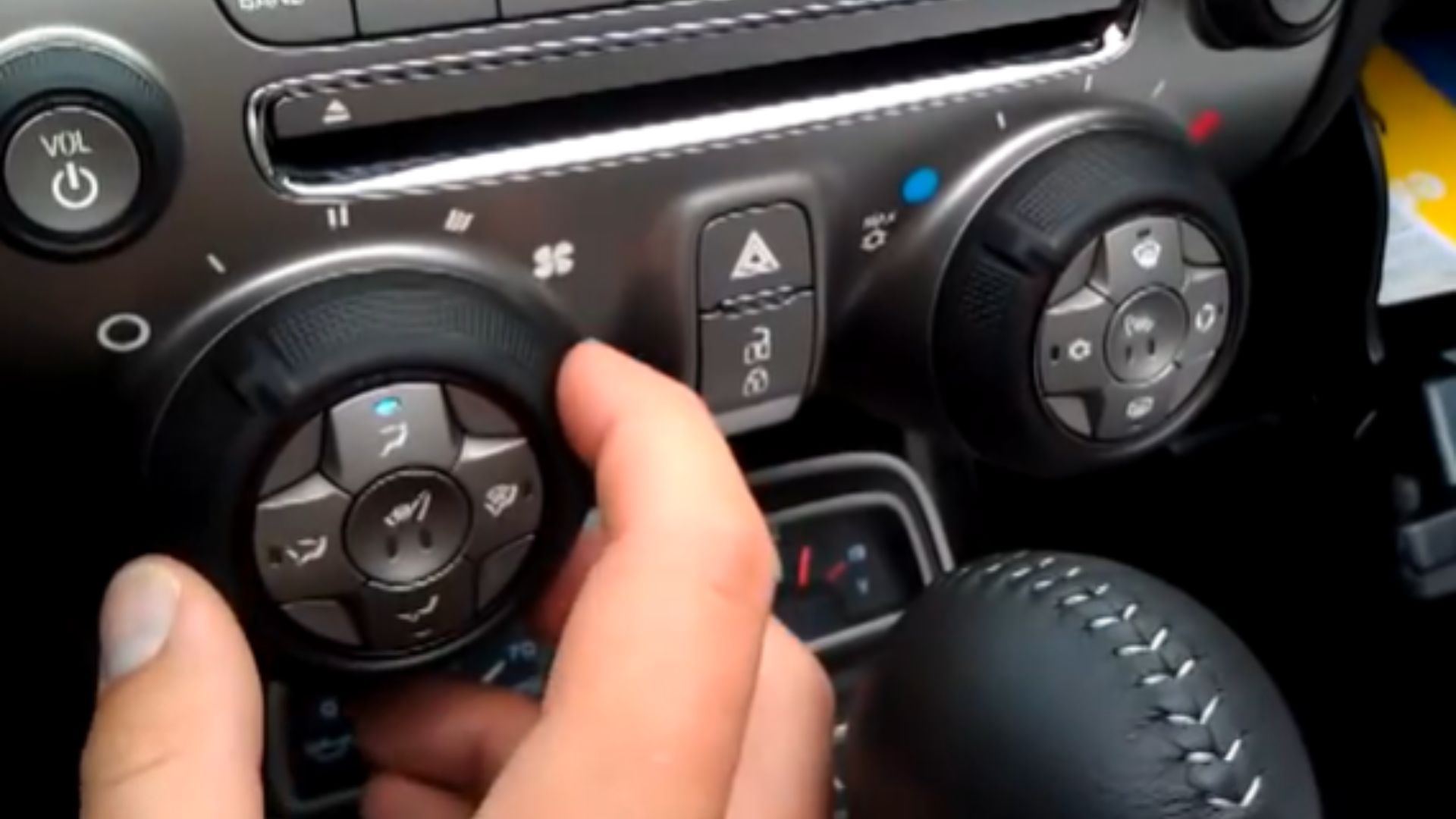 Chevy Camaro Climate Control, Heated Seats by AI Serra Auto Plaza
Chevy Camaro Climate Control, Heated Seats by AI Serra Auto Plaza
7. Stronger V6 Performance
Chevy’s 3.6L V6 produces 335 hp with smooth, linear delivery and no turbo lag. While Mustang’s EcoBoost turbo-four is quick, some drivers prefer the feel of natural aspiration. Camaro’s V6 provides confident midrange power and a deeper tone that appeals to traditional performance enthusiasts.
 Tino Rossini from Toronto, Canada on Wikimedia
Tino Rossini from Toronto, Canada on Wikimedia
8. Premium Interior Materials
Slip inside a Camaro 2SS, and you'll notice its quality. From stitched dash accents to suede trim on performance seats, Chevy has elevated material use over the years. Mustang's interior still leans hard on plastics, especially in base trims.
9. Unique Digital Gauges
Digital clusters are everywhere now, but Camaro’s stand out. The reconfigurable display lets drivers toggle track timers and shift lights, adapting instantly to drive mode. Mustang's screen is clean but tamer. Camaro delivers performance data with more drama and in a useful format.
10. Better Factory Exhaust Note
The Pony Car's exhaust has a presence, but it leans more refined than raw. Camaro, meanwhile, offers one of the best factory exhaust notes in the segment. Its dual-mode system delivers a throatier growl in both V6 and V8 trims, which gives Camaro a sonic identity.


